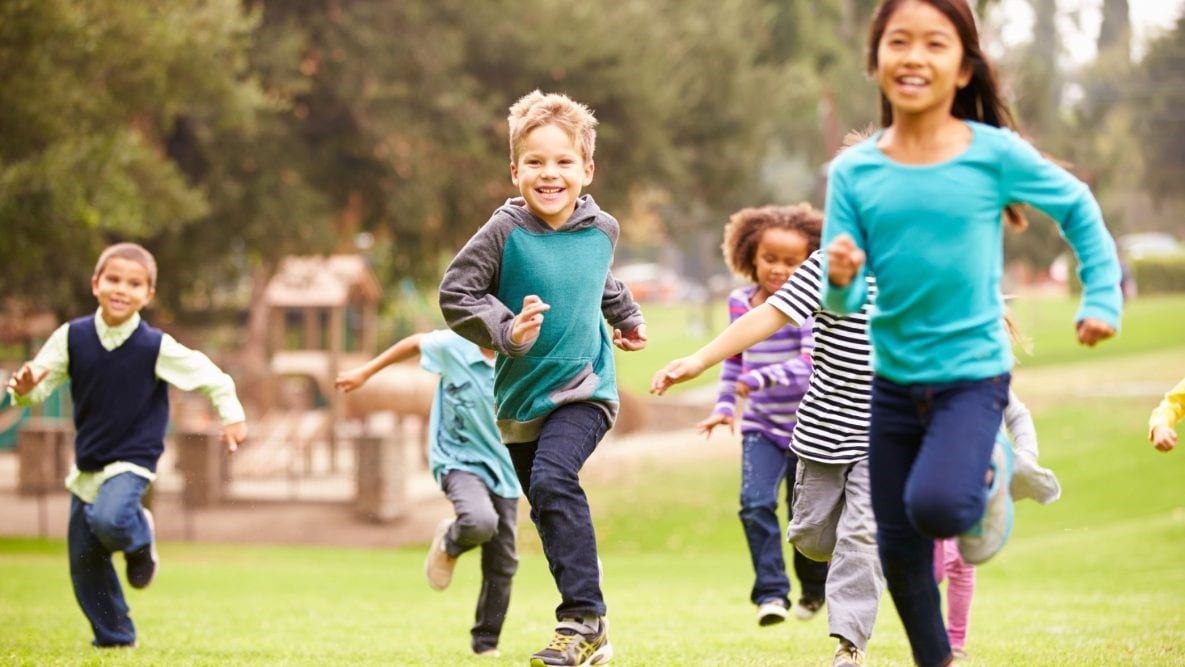Key points
- Children 3 to 5 need to be active throughout the day.
- Children and adolescents 6 to 17 need to be active for at least 60 minutes every day.

Recommendations
The amount and types of physical activity recommended vary by a child's age.
Children 3 to 5
- Should be physically active throughout the day for growth and development.
- Adult caregivers should encourage children to be active when they play, for example by jumping or riding a tricycle.
Children and adolescents 6 to 17
This group needs 60 minutes or more of moderate-to-vigorous intensity physical activity each day, including:
- Aerobic activity: Most of the daily 60 minutes or more should include activities such as walking, running, or anything that makes their hearts beat faster. At least 3 days a week should include vigorous-intensity activities.
- Muscle-strengthening: Includes activities like climbing or doing push-ups, at least 3 days a week.
- Bone-strengthening: Includes activities such as jumping or running, at least 3 days a week.
Sixty minutes of activity a day may sound like a lot, but don't worry! Your children may already be meeting the recommended physical activity levels. Learn ways to encourage children to participate in a variety of activities that are age-appropriate and enjoyable.
Want to see what counts? Check out examples of aerobic, muscle-strengthening, and bone-strengthening activities for children and adolescents.
Also, school-based physical activity can help children meet the recommended 60 minutes or more of daily physical activity.

Common questions
On a scale of 0 to 10, where sitting is a 0 and the highest level of physical activity is 10, moderate-intensity activity is 5 or 6. Vigorous-intensity activity is 7 or 8.
When children engage in moderate-intensity activity, their hearts beat faster and they breathe much harder than when they are at rest or sitting. When children walk to school with friends each morning, they're probably doing moderate-intensity aerobic activity. But when children run or chase others while playing tag during recess, they're probably doing vigorous-intensity activity.
Some physical activity is better suited for children than adolescents. For example, younger children usually strengthen their muscles when they do gymnastics, play on a jungle gym, or climb trees.
Children do not usually need formal muscle-strengthening programs, such as weightlifting. As children grow older and become adolescents, they may start structured weightlifting programs. They may do these types of programs along with their sports team practices.
There are many ways to make physical activity part of a child or adolescent's life. Learn more here.
Resources
- Physical Activity Guidelines for Americans, 2nd Edition
- Health Benefits of Physical Activity for Children
- Move Your Way® fact sheet for parents

Want additional tips and resources to be active?
Learn about Active People, Healthy NationSM, CDC’s national initiative to help people be more physically active.
